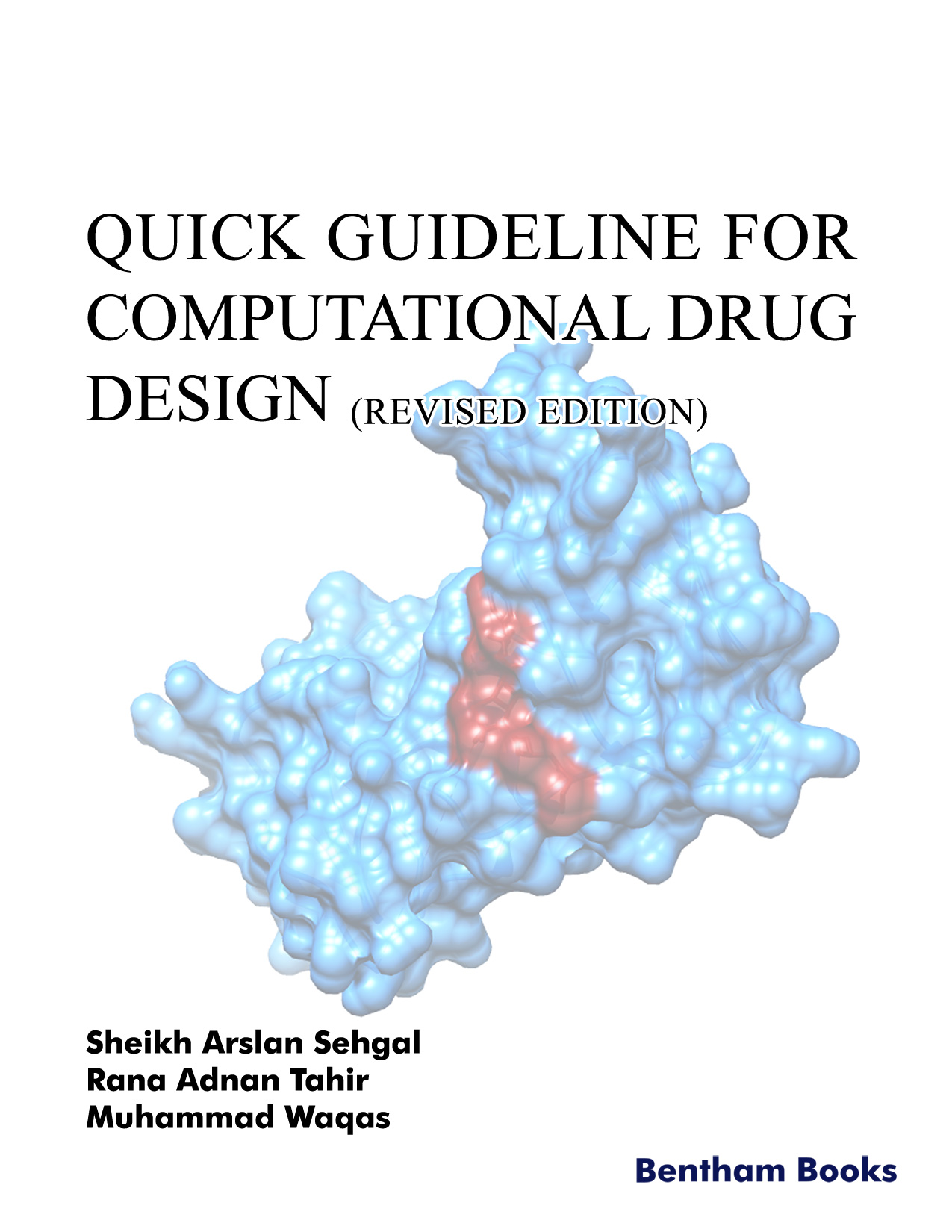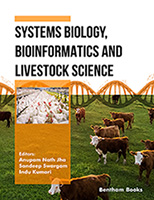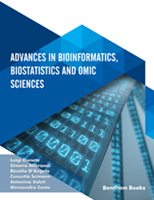Bioinformatics is to solve biological problems with advanced computational manners by applying statistical and mathematical approaches. Structural bioinformatics is to predict and analyze 3D structures of macromolecules while Computer-aided drug design (CADD) helps scientists to design effective active molecules against diseases. However, the concept of structural bioinformatics including CADD is still hard to grasp for students and even more for educated laymen. The discussion of the bulk amount of informational data in biological sciences is still an understatement. Bioinformatics studies are being practiced all over the world by universities, scientific groups, international and national companies, and consortia, and it would not be underestimating if bioinformatics will be thought of as the bedrock of future biological sciences. Bioinformatics evolved into complete interdisciplinary sciences to solve biological problems by utilizing statistical, mathematical, and computational approaches.
Furthermore, the recording, annotation, storage, analyses, and searching/retrieval of biological information and representing this concluded information to understand various pathways, educate ourselves, understand biological processes in disease and healthy states, and also find potential drugs are only some aspects of bioinformatics. The conjuring of new ‘Big-Data’ associated typically with enormous databases of protein/gene sequences, and functional/structural information into which novel proteins and genes sequences are constantly deposited, can easily be searched by remote computer access with already known sequences. Numerous bioinformatics tools are freely available on the internet to whoever wants to utilize them and it is impossible to list them all. The ability to collect, save, annotate, analyze, and distributes the biological information retrieved from sequencing and functional analyses are significant for modern biology. This is the reason behind the widespread belief that the long-run significance of bioinformatics approaches lies not much in the available tools, but in the annotation of data and concluding logical information that bioinformatics delivers for the improvement of life sciences.
As a beginner, I fall into the first category with regards to this subject. Indeed, I first learn all these guidelines and tools for myself; to learn new emerging trends and approach my work with greater awareness about computational skills in biological problems. I felt that I need better insight into the CADD to achieve and improve the drug designing to reduce the time phase and resources. When I consulted the literature on this topic, I found that although there are many papers and books on the subject, the exact step-by-step working of basic tools and thorough analyses of generated results that I was looking for were scattered throughout them. I then began taking notes, and when I was finally satisfied, I discussed this with my colleague and a good friend (Rana Adnan Tahir). We realized after organizing the data in a suitable presentation, that it was potentially interesting for students and new learners to have the visually detailed step-by-step working of tools and identify a lead compound. We believe that a better understanding of these concepts requires a more satisfactory verbal explanation than is visually provided, since, in our opinion, a visual step-by-step approach is the one closer to the understanding capability of non-experts and even for our students. This is why this book is focused on providing a visual account and step-by-step guidelines to identify a lead compound by computational means. In this sense, we deem that, besides the verbal working of tools, a visual step-by-step explanation can be very useful regarding designing the compounds for the people who do not have a full understanding of it yet. Thus, we eventually came up with the present work, targeted to students and non-experts who are specifically interested in this domain and have a basic knowledge of structural bioinformatics.
With this book, we attempt to show the step-by-step working of basic tools for drug designing wherein analyses of generated results are always a priority. The protein sequence of PSEN2 was retrieved from UniProt and primary sequence analyses, secondary structure prediction, and 3D structure prediction were performed followed by molecular docking studies. The basic information about bioinformatics and utilized tools is summarized in the first chapter. The book is summarized just as we wish we had been taught the core concepts and the working when we were first introduced to it. Therefore, we hope that it can be helpful as a guideline for drug design by in silico approaches. The main text of the present work aims to demonstrate the step-by-step visual demonstration of the basic tools of structural bioinformatics and also is focused on the scientific point of view. If a beginner retrieves a protein sequence and performed all the steps described visually in this book will not only learn the computational drug designing but also can generate publishable data.
CONSENT FOR PUBLICATION
Not applicable.
CONFLICT OF INTEREST
The author declares no conflict of interest, financial or otherwise.
ACKNOWLEDGEMENTS
All praises for ALMIGHTY ALLAH, the Most Merciful, the Most Gracious, Who helped and blessed us all the way along in our life and till the completion of this project. Without His grace and mercy, we were and are nothing. Countless salutations are upon the HOLY PROPHET MUHAMMAD (ﷺ), the city of knowledge who guided his UMMAH to seek knowledge from cradle to grave.
We are forever grateful to our friends Dr. Syed Babar Jamal, Mr. Sajjad Ahmad Larra, Mr. Salman Akhtar, Dr. Seemab Amjad Fateh Khan, Dr. Noor-ul-Huda Ansari, Mr. Muhammad Nasir Mehmood Anwer, Dr. Mirza Ahmed Hammad-ul-Mubeen Muhammad, Dr. Abdul Basit, Dr. Hassan Zafar, Dr. Muhammad Umer Farooq, Dr. Shahbaz Ali Khan, Dr. Rezwan Tariq, Dr. Salah ud Din Sheikh, Mr. Muhammad Saad Khan and Miss Roha Razzaq for their constant support and encouragement throughout this project.
We would like to acknowledge our students, Jonnathan Javid and Ali Haider, for their help in completing this project.
I am immensely pleased to place on record my profound gratitude and heartfelt thanks to the University of Okara, Department of Bioinformatics. I am grateful to my teacher Dr. Asif Mir who always encourages me.
At this Juncture, My thanks are tendered to my loving, caring, and sincere brother Dr. Sheikh Farhan Ashraf and other family members including Hafiz Muhammad Zeeshan Akram, Manahil Fatima, Prof. Amjad Ali Sheikh, my grandmother Balqees Beghum, Dr. Muhammad Akram Sheikh, Sheikh Nazir Ahmed, Mussarat Jabeen, my grandfather and uncle whom I never met but always be my inspirations Haji Abdul Sattar Sheikh and Eng. Muhammad Arshad Sheikh for their ever-lasting cooperation and prayers.
Finally, we thank all those who have helped us directly or indirectly in the successful completion of this project. Anyone missed in this acknowledgment is also thanked. Thanks to All of You.
Sheikh Arslan Sehgal, PhD
Department of Bioinformatics
University of Okara, Okara, Pakistan




